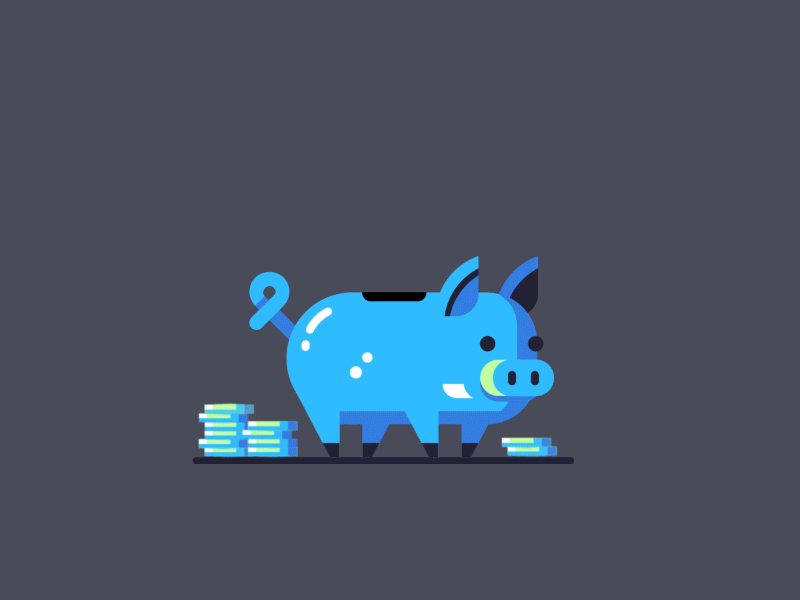
How to Build an Emergency Fund
#Financially Free Friday. With so much uncertainty in the world now is the best time to start a save for a rainy-day fund. Think about how much you spend in a week on little things—Starbucks, take-out, or the light night online shopping. Now add up these expenses for over a month. Is it more than $200? More than $500?
Time It Right. A financial fast is a terrible idea around the holiday season, of course. ... Establish Rules. ... Plan Your Meals. ... Tell your friends and Family your Goals: One of the toughest aspects of the challenge is going it alone. If you do not have a friend, or even your spouse, board, it will be more challenging to pass the time or hold yourself accountable. So, have a chat with someone you trust know about your plan. Ask if you can text them for support when you are being tempted, or to check in weekly to see how you're doing. Set Up Barriers to Spending. ... Start controlling where your money goes. Focus on The Future.
Be Kind to Yourself. It's not going to be easy at first. Every person will have different things that they just cannot or do not want to go without. And that is ok. Unless you are in dire financial straits, you should enjoy your life. If your goal is to be mindful of your spending and cut out things that don't add value, it's ok to have a few things you allow yourself to spend on (like a date night every week or going out with the girls for Happy Hour. By doing a no spend a month, you can find other ways to earn money that's not from your 9-5, and you will be able to save and spend a little from your extra earnings and be ready to start n emergency fund.
Here’s how to build an emergency fund Tips for Doing A No-Spend Month
Best Apps to Sell Clothes and Household Items

Poshmark

The RealReal

eBay

Tradesy

Offer Up

Craigslist

Facebook Marketplace
Best Freelance Sites

Fiverr

Upwork

Freelancer

99 Designs

Guru
No Spend Month
How long should it take to build an emergency fund?

Three to six months’ time it should take you to save for your emergency fund.
⬛ Your emergency fund should be funded based upon three to six months of your living expenses. The length of funding (how long it takes) it depends on you. There is no specific time frame for how long it should take to build your emergency fund. This money should be put in a high yield savings account. This money should only be accessed for true emergencies such as a job loss or medical emergency. When you dip into your emergency fund, you need to replenish it with your monthly income. For all other expenses, you should plan and save for them.
Most financial planners recommend setting aside six months' worth of living expenses in an emergency fund.
What if your "emergency" ends up lasting longer than six months? If you take the liberal view of living expenses that we have been taking so far, your emergency kitty likely will last a little longer. Further, we have not included payments from unemployment insurance. If you do collect unemployment, your emergency fund should last longer, too.
Of course, you may not be able to pull all your emergency-fund money together at once. Treat it as a goal. Maybe you can cover one- or two-months’ expenses now. Add to that kitty over time. If you get a tax refund, put it in your emergency fund. A bonus at work? stored at least part of that away.
But in general, don't invest elsewhere until you have a full emergency fund. (The exception to this may be your 401(k) plan. If your employer offers matching funds, you should strongly consider contributing at least enough to maximize your company's match. Otherwise, you are leaving money on the table with every paycheck.)